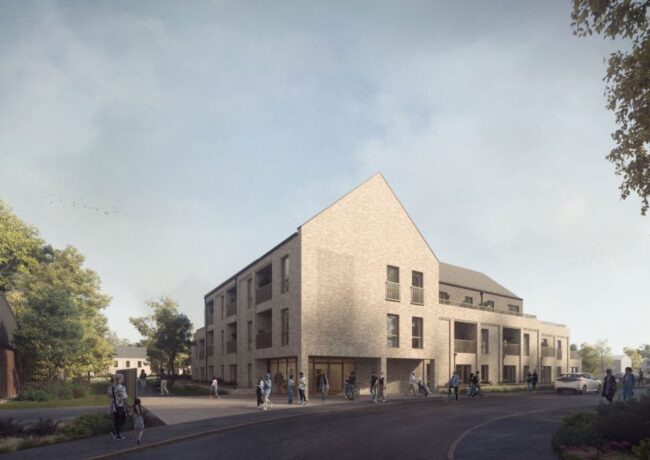GM spatial framework ‘needs to reflect housing shift’
This week, the Office of National Statistics published the Mid-Year Estimates of Population for 2014 revealing growth in the North West was around 10% higher than previously projected and exposes several local authorities to an even greater lack of supply.
This suggests the 2012 Sub-National Population Projections have underestimated population growth by around 5,000 people. Across England previous projections were comfortably exceeded also. These new figures reveal how targets need to be reconsidered if the true nature of housing need is to be recognised and effectively addressed.
Nicola Rigby, Director in Bilfinger GVA’s Manchester Planning, Development and Regeneration team, said: “Whilst the MYE is not a definitive estimate of the population, it provides the best estimate of the shifts in population and should be considered by planners in terms of housing issues and education needs.
“The implications of the population growth projection inaccuracies will need to be carefully considered by the emerging Greater Manchester Spatial Framework, and any subsequent discussions around the distribution of development required to support need and ambitions.”
Bilfinger GVA found the 2014 MYE showed that 56% of all local authorities in the North West have seen stronger population growth than projected by the 2012 SNPP. The 2014 MYE suggests that the 2012 SNPP population projections have significantly underestimated population growth in Manchester, Liverpool, Lancaster, Oldham, and Trafford. Across Greater Manchester the 2014 MYE suggests that the 2012 SNPP have only underestimated population by 1%, equivalent to 353 people, however they do suggest that the distribution between the 10 authorities is inaccurate. In particular, the 2012 SNPP have overestimated the populations of Bolton, Bury, Tameside and Wigan, whilst they have underestimated the populations of Manchester, Oldham, Trafford and Stockport to date.
The 2014 MYE figures represent an estimate of the population nationally and locally providing an understanding of how these have changed over time. The figures provide not only a detailed population estimate, by single year of age and sex, but also estimates on domestic and international migration and births and deaths.
The detailed information that they provide can be used to understand how a population might change in the future. The MYE are important for planning and development because they provide the basis for the National and Sub-National Population Projections and ultimately household projections. They also provide a basis to consider whether previous population projections were accurate.
The latest set of projections at national level, the 2012 National Population Projection, projected that the population of England would grow by 350,000 persons in 2012/13 and 384,000 persons in 2013/14. The MYE estimated that population growth was in fact 372,000 persons in 2012/13 and 451,000 persons in 2013/14. In total therefore, the latest population projections, on which the latest 2012-based household projections are based, have underestimated population growth in England by 89,000 people.
At local level, the 2012 SNPP underestimated population growth between 2012 and 2014 in 8 out of 9 English regions, and in around 60% of English local authorities.
In terms of housing strategies, population projections and estimates are only a starting point in calculating housing need, as they don’t take account of future economic growth or affordability issues, which may have important implications for housing delivery in certain parts of the country. Bilfinger GVA said it is important to take into account the following issues:
- Economic growth projections and the implications for an areas labour force
- Scale of housing demand from market signals, including affordability and house prices
- Local socio-economic objectives, such as changes to commuting and migration
- Activity within the housing market, such as vacant properties and second homes
Bilfinger GVA’s Population, Housing and Socio-Economic, or PHASE, model uses up-to-date demographic data, including the 2014 MYE, and economic forecasts to produce an objective assessment of full housing needs in the authority or housing market area. Bilfinger GVA’s approach complies with the National Planning Policy Framework and National Planning Practice Guidance. Bilfinger GVA’s North West clients are using PHASE at both local plan examinations and public inquiries to challenge housing requirements through local plan representations and at Examinations in Public; and support five year housing land supply cases at both the application and appeal stage, particularly where there is no up-to-date Local Plan.
Recent Government policy and guidance, Planning Inspectorate appeal decisions and High Court judgements have all concluded that authorities must base their land supply calculations and strategies on full, objectively assessed need. With many authorities still relying on revoked regional plans, the policy vacuum presents an opportunity to proactively engage with the local plan and appeal process with up-to-date housing need evidence.




